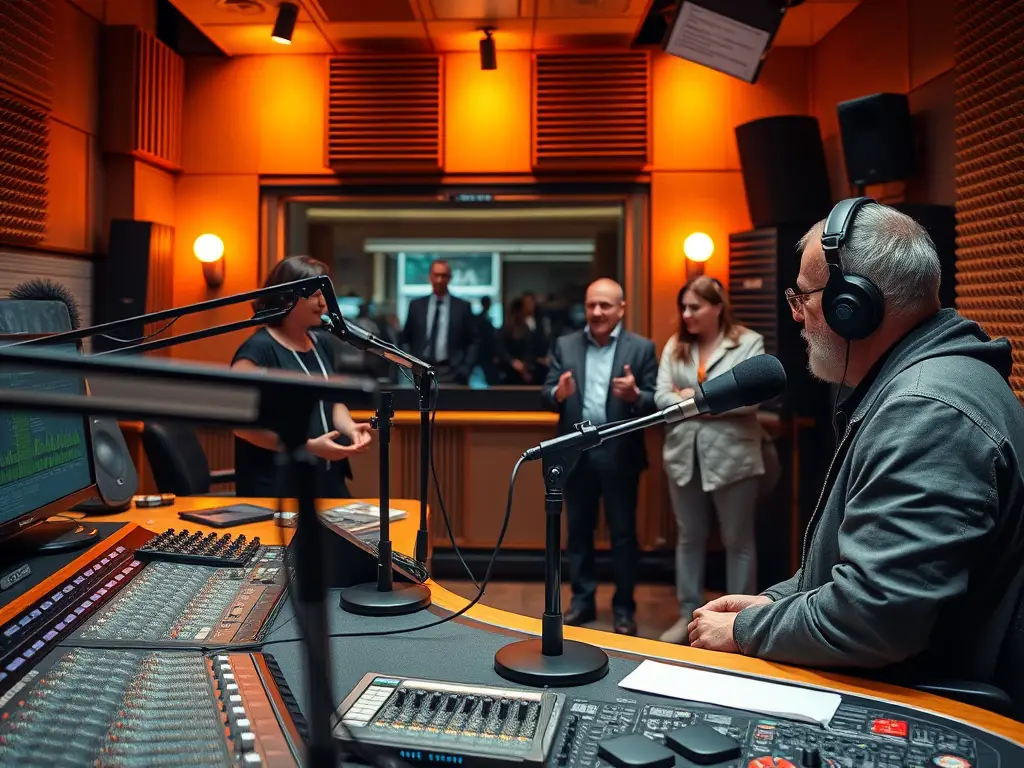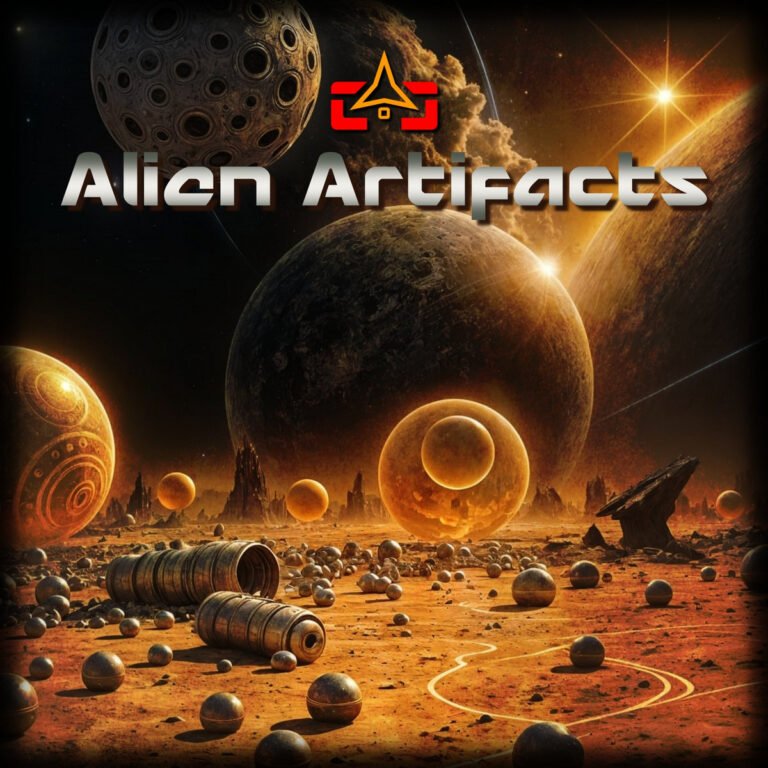
The Ongoing Battle Between YouTubers and Record Labels Over
Music Reviews
The conflict between YouTube content creators and major record companies over music reviews represents one of the most significant copyright disputes in digital media today. This battle centers on fair use rights, automated copyright systems, and the fundamental question of who controls music criticism in the digital age.
The Core Dispute
At the heart of this controversy lies YouTube’s Content ID system, an automated tool that scans uploaded videos for copyrighted material. When Content ID identifies copyrighted music, it triggers several potential outcomes: the video can be blocked entirely, monetization can be redirected to the copyright holder, or the video can be restricted in certain countries. This system has created a David versus Goliath scenario where individual creators face off against billion-dollar music corporations.
The most prominent victims of this system include well-known music educators and reviewers such as Rick Beato, Anthony Fantano (The Needle Drop), Professor of Rock, Justin Hawkins, and others who create educational and analytical content about music. These creators argue that their use of brief music clips constitutes fair use under copyright law, as they provide commentary, criticism, and educational analysis.
The Fair Use Defense Under Attack
Fair use doctrine traditionally protects uses of copyrighted material for purposes such as criticism, comment, news reporting, teaching, and research. However, YouTube’s Content ID system operates under a “guilty until proven innocent” model that heavily favors copyright holders. When creators dispute claims citing fair use, they face a system where the same companies making the initial claims get to judge whether the dispute is valid.
Rick Beato, a music producer with over 3.8 million subscribers, exemplifies this struggle. He was hit with a copyright claim from Warner Chappell Music for simply playing a chord progression from Led Zeppelin’s “Babe I’m Gonna Leave You” during an educational video about musical innovation. Despite appealing on fair use grounds, his appeal was rejected by the same company that made the claim.
Anthony Fantano has also been targeted, with Universal Music Group attempting to claim revenue from a video where he spent mere seconds criticizing a song. The irony is stark: creators who often introduce audiences to new music and drive album sales are being penalized for the very content that benefits the artists they review.
The Coalition of Affected Creators
Recent months have seen an unprecedented coordinated response from YouTube’s music community. Major creators including Rick Beato, Professor of Rock, Justin Hawkins, Anthony Fantano, and Danny Sapko have all produced videos highlighting the same systemic issues. This coordinated effort suggests the problem has reached a breaking point.
Professor of Rock, with 1.37 million subscribers, has been particularly vocal about the issue, producing content that revives interest in classic tracks through storytelling and archival footage. Despite providing what amounts to free promotion for legacy artists, his channel faces constant copyright claims that threaten his revenue stream.
The creators argue that their content is transformative – adding substantial commentary, education, and analysis that goes far beyond simply playing copyrighted material. However, the automated nature of Content ID means context is often ignored in favor of simple pattern matching.
The Economics of Copyright Claims
The financial implications of this system are staggering. Rick Beato revealed that he now pays a lawyer monthly to fight “thousands” of copyright claims, many of which are ultimately successful on fair use grounds. However, the system’s design means that even successful disputes can take 30 days to resolve, during which time all revenue goes to the claimant.
In many cases, creators report receiving 20 or more copyright claims on a single video, with different record labels claiming portions of the revenue. This has led to situations where creators make no money from their own content, despite the video being entirely legal under fair use doctrine.
The system has created what some describe as an “entirely new revenue stream” for record labels, with YouTube reporting over $9 billion paid to copyright holders through Content ID monetization. Critics argue this revenue represents largely redistributed profits taken from smaller creators rather than legitimate copyright enforcement.
Systemic Bias in Content ID
Legal scholars and creators have identified numerous problems with YouTube’s approach to copyright enforcement. The Duke Law & Technology Review published a comprehensive analysis arguing that Content ID has had “disastrous consequences for the doctrine of fair use” by shifting the neutral presumption against uploaders.
The system’s bias toward claimants is evident in several ways:
- Automated claims are made by bots with no consideration of context
- Copyright holders get to judge their own claims when creators dispute
- The 30-day response window allows copyright holders significantly more time than the 10 days required under DMCA law
- False claims face no penalties, while creators risk strikes for “malicious” disputes
Independent musicians have also criticized the system, noting that while major labels have easy access to Content ID, smaller artists are often denied access to the same tools. This creates a two-tiered system where only the most powerful copyright holders can effectively use the platform’s enforcement mechanisms.
Recent Escalation and Industry Response
The conflict has intensified significantly in 2025, with creators reporting an increase in aggressive copyright enforcement. Universal Music Group (UMG) has been particularly aggressive, with one creator noting that UMG strikes have become commonplace for even basic reaction content.
The situation has reached congressional attention, with Rick Beato testifying before a Senate subcommittee about DMCA issues and fair use in 2020. His testimony highlighted how the current system undermines legitimate educational content while failing to address actual piracy.
Recent licensing disputes have also demonstrated the ongoing tension between YouTube and music rights organizations. The SESAC dispute in late 2024 temporarily removed thousands of songs by major artists like Adele, Bob Dylan, and Green Day from the platform entirely. While quickly resolved, the incident highlighted how licensing negotiations can impact both creators and viewers.
The Broader Implications
This controversy extends beyond individual creators to touch on fundamental questions about digital rights, cultural criticism, and the democratization of music education. Many of the affected YouTubers serve as crucial bridges between casual listeners and deeper musical understanding, often championing lesser-known artists and analyzing technical aspects of songwriting and production.
The aggressive enforcement also appears to be counterproductive from a marketing perspective. Studies suggest that reaction videos and music reviews actually drive album sales and streaming numbers, making the labels’ adversarial stance economically questionable.
Moreover, the dispute highlights a broader shift in how music criticism operates in the digital age. Traditional print publications like Rolling Stone and NME never included audio samples in their reviews, but the interactive nature of video content has created new expectations for multimedia criticism.
Looking Forward
The battle between YouTubers and record companies over music reviews shows no signs of abating. Creators continue to organize, sharing legal resources and coordinating responses to what they see as systematic abuse of copyright law. Some have begun working with specialized lawyers who focus exclusively on fair use cases, though this adds significant costs to content creation.
The outcome of this ongoing dispute will likely shape the future of music criticism and education online. If creators can successfully establish stronger fair use protections for educational and critical content, it could create a more balanced system that benefits both artists and critics. However, if the current trend continues, it may lead to a future where only major media companies can afford to create comprehensive music content.
This controversy ultimately represents a clash between old and new models of music promotion and criticism, with the stakes extending far beyond individual YouTube channels to encompass the very nature of cultural discourse in the digital age.








